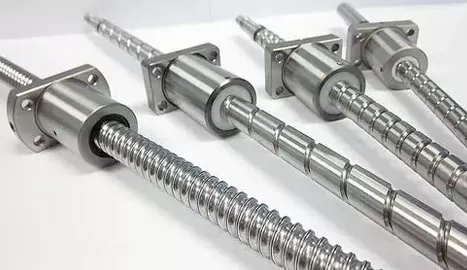The lead screw is the most commonly used transmission element in tool machinery and precision machinery, and its main function is to convert rotary motion into linear motion, or torque into axial repeated force, and has the characteristics of high precision, reversibility and high efficiency. The lead screw can be traced back to the ancient study of the shape of the spiral, and the practical application of the lead screw in modern industry really began in the first industrial revolution in the early 19th century. In 1841, the Englishman Whitworth proposed the world's first thread standard, named Wyeth thread, which gave rise to the thread standard technical system. In order to improve the performance of the lead screw, the basic structure of the ball screw was first patented in the United States in 1874. With the advent of thread grinding machines in 1917 and advances in thread grinding technology, ball screw pairs improved in terms of accuracy and performance. In 1940, the United States first used the ball screw pair for automobile steering devices, and then it was officially commercialized, which was a huge revolution in the application of ball screws, which gradually replaced the traditional ACME screw.

There are many types of lead screws, and rolling lead screws have obvious advantages. According to its friction characteristics, the lead screw can be divided into three categories: sliding lead screw, rolling lead screw and hydrostatic lead screw.


 +8615622924499
+8615622924499
 +8615622924499
+8615622924499

